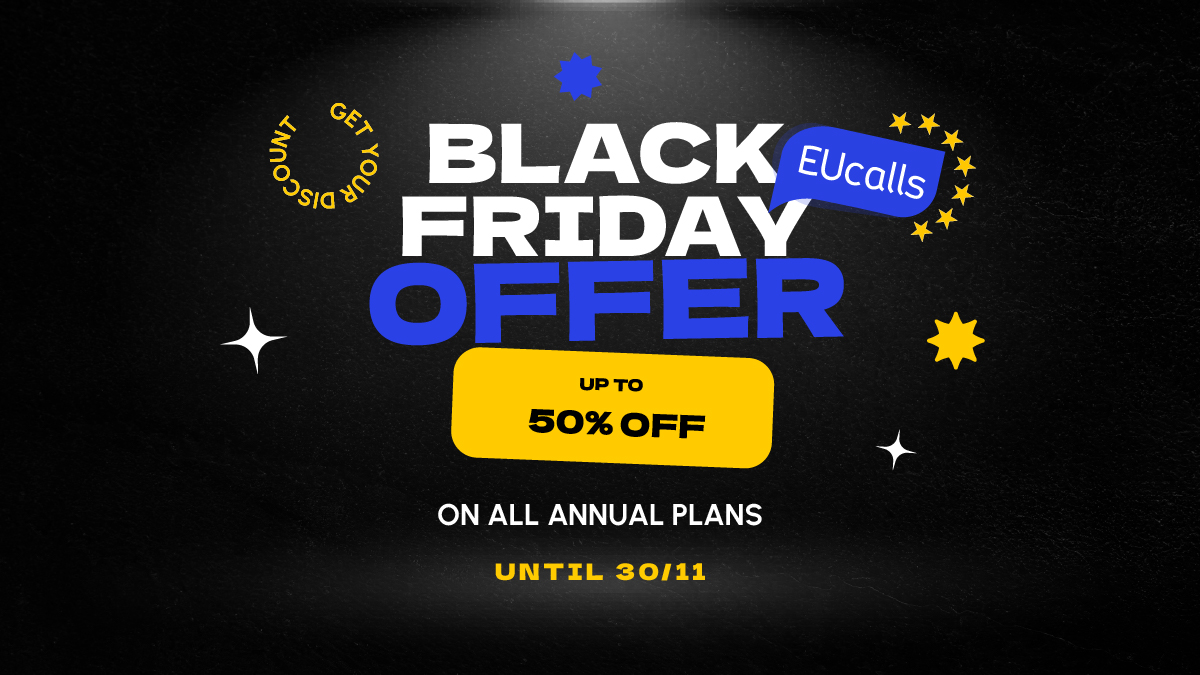Thinking about applying for a European Union (EU) grant? A well-written communication and dissemination plan can increase your funding chances.
The EU highlights the importance of it since 2014. That was the year when the Framework programme for Research and Innovation called Horizon 2020 (H2020) started. Communication and dissemination plans became an essential part of the application process for H2020. How to write a good one?
Keep in mind that the EU makes a distinction between communication and dissemination activities. Communication covers the whole project, from the beginning to the end. Those activities should aim to reach the broadest audience. It should inform the society about the benefits of your research. This part highlights explaining and engaging with society.
Dissemination comes at the point where results of your project are available. The focus here is on specialised audiences who could use your results. Peers, professional organisations and policymakers for example.
Good preparation is half of the job
The EU encourages beneficiaries of grants to use social media during the H2020 programme. Having that in mind, dedicate the first weeks of your project to define and identify key factors.
Identify your targeted audience. Who do you want to reach? To whom your research might be interesting? Who could use your research results? Identify influencers in the field of your research.
Then think about the media those audiences use. How can you reach them? Which social media do they use? Tagging them in social media posts, especially on Twitter, can increase your visibility. Explore all the keywords related to your research.
When you have those answers, identify your key messages. Ask yourself why your research matters? How does it contribute to society? Adjust the key messages according to your targeted audience and the media they use.
Plan enough time for designing and creating visuals. Besides the project logo and its graphic chart, you will need infographics and videos. Infographics can map your partners, show the project's workflow and expected results. An introduction video, which can be created using a free online video editor, is an excellent way to enhance the project's visibility. You can use it on all social media, during presentations, and on your website. Science Explainers can help you with producing it.
When it comes to your project’s website, how much time and money should you invest in it? EU-funded projects usually last only a few years. Think about the website as a long-term project. You will need to hire a professional or use a special website builder so that it looks as good as possible. During the project, it will present the objectives, partners, and news. How could you use it after the project ends? It might be possible to reuse it for product presentation or a reference for future events.
Use the power of social media
Social media are very powerful digital means to gain visibility for your project. That's why in this part we will focus on ways of maximising their potential for project-related news dissemination.
The dissemination plan is usually based on the milestones and events defined in the description of actions. Those offline activities are easy to predict and include on the timeline.
Thus, most of the projects face unpredictable events such as scientific publications or awards. Think about them as an opportunity to create new content and spread the word about your project. That could include articles, interviews, infographics, and videos. Post them on your project's website and share it on social media.
Twitter, ResearchGate and LinkedIn are especially effective channels for communication and dissemination. How to use them as a part of dissemination?
This social media channel is the most used one among scientists and researchers. They use it to discover new information or follow existing discussions. It is the easiest way to engage with peers, stakeholders, and lay audiences.
If you plan to create a Twitter account for your project, some simple rules could help boost your visibility.
Make a logo and banner for your project and include it as well. Put the project's description in the bio section, using relevant hashtags. Include the project's website.
Find and follow influencers and similar projects to increase your network and interact with them. It is recommended to post or tweet once or twice per day. When posting on Twitter, remember to keep it short: the character limit is 280. Include relevant hashtags (keywords) and tag people mentioned in the content you are sharing. Even the European Union suggests tagging their Twitter accounts to retweet your content.
Another effective option is to base your Twitter campaign on events. Follow hashtags related to it and you might quickly discover new influencers to connect and interact with.
ResearchGate
This scholarly collaboration network allows you to create a project page. It is a great channel to list all your partners and share scientific publications. You could also use the forum to engage with peers - it might bring you new ideas and valuable information for your project.
Creating a LinkedIn profile for your project is also a good idea. You could include all the relevant project information on it, list partners, and share the content. LinkedIn allows you to publish blog-like articles. This is another option to raise awareness of your project.
As on Twitter, include relevant hashtags and tag mentioned people. Encourage your partners to reshare the content on their profiles for more reach. LinkedIn groups are another useful feature: find the ones related to your project and share relevant information.
Take advantage of the European Commission tools
CORDIS Wire is a news platform where you can share news and reach a very broad audience. A lot of journalists use it as a news resource. Creating a profile is free and enables you to share the project's news and announce events.
At the end of the project, you might want to write a summary and submit it to the Research*eu Results. It is a magazine focused on the European project results and it is published ten times per year.
Create a plan that fits you
Mentioned things are just basic steps to think about when you write a dissemination plan. You could always hire a professional to do it as well. If you plan the communication yourself, find more ideas and tips about effective scientific dissemination in this article.
Black Friday 2025: Scale Your EU Funding Strategy with 50% OFF
Unlock 50% OFF on EUcalls Premium until November 30, 2025. Get smart EU funding matches, partner connections & proposal tools. Ideal for Horizon Europe, Erasmus+, NGOs & more.
Read MoreThe Green Horizon: How EU Funding is Powering the Future of Sustainable Innovation
EU funding is fueling Europe’s green transition. Learn how Horizon Europe, LIFE, and other programmes are financing sustainability and how EUcalls helps innovators find, match, and win the right opportunities.
Read MoreSubscribe to Our Newsletter
Get the latest news for EU Calls and EU Partners directly in your inbox.



